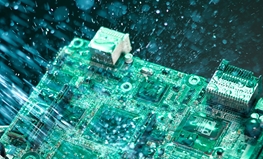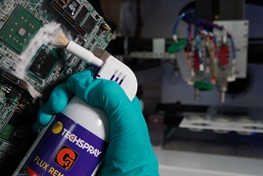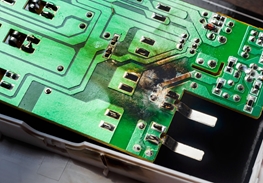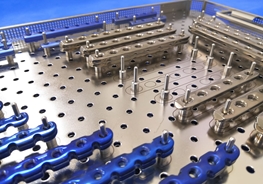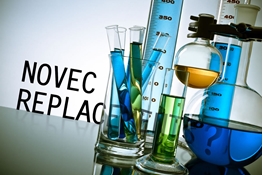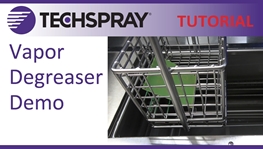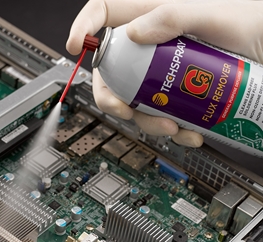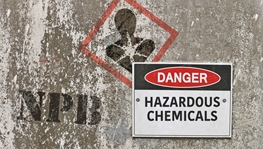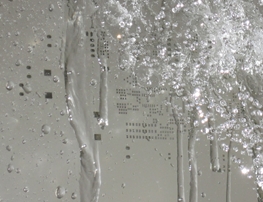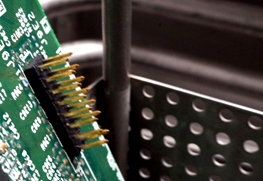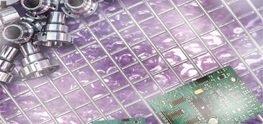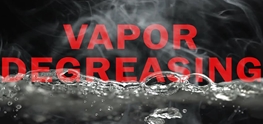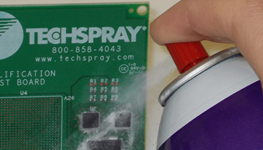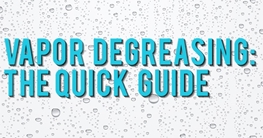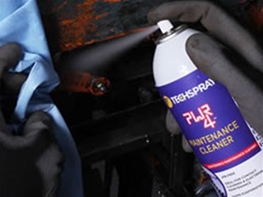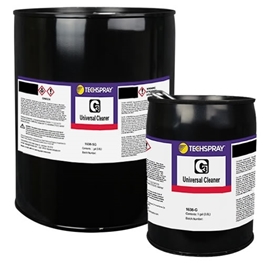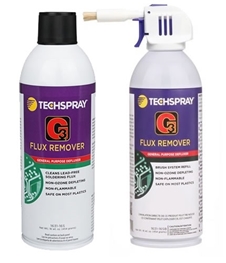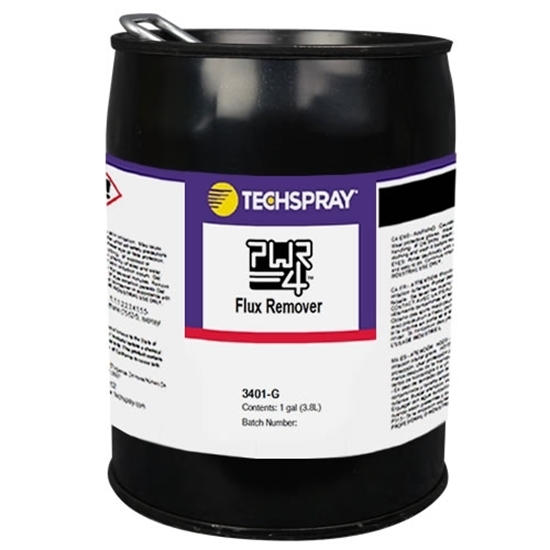
PWR-4 Flux Remover
Powerful, non-flammable, cost effective flux removal -- safer nPB replacement
FAQ's
1. Flux is being used so liberally that it all isn’t being heated along with the solder.
or
2. The non-ionic residue can impede with the function of the devise either short-term or long-term.
No, it should not be a concern. Many of Techspray's nonflammable solvents (e.g. G3, Precision-V, PWR-4) contain 1,2-trans-dichloroethylene (Trans, CAS# 156-60-5), which has caused confusion. The regulations controlling chlorinated solvents do not generally pertain to Trans. The following are the reasons: Many are confused with “chloro” substances due to the NESHAP requirements. The big 3 chlorinated substances are Perchloroethylene (Perc), Trichloroethylene (TCE), and methylene chloride. The association of those with all chlorinated substances is not valid. NESHAP requirements only refer to restrictions of emissions of hazardous air pollutants (HAP). Of the nearly 200 substances listed as HAP’s, Trans is not on that list. Reference the following link: https://www.epa.gov/haps/initial-list-hazardous-air-pollutants-modifications. Trans has the same exposure limit (per ACGIH) time-weighted average (TWA) as 2-propanol (IPA) -- 200 ppm. In contrast, n-Propyl Bromide (nPB) is commonly used in vapor degreasers, with TWA established by ACGIH of 10 ppm. It has been proposed to be reduced to 0.1 ppm. nPB is also listed on various carcinogen lists, notably Prop 65.

